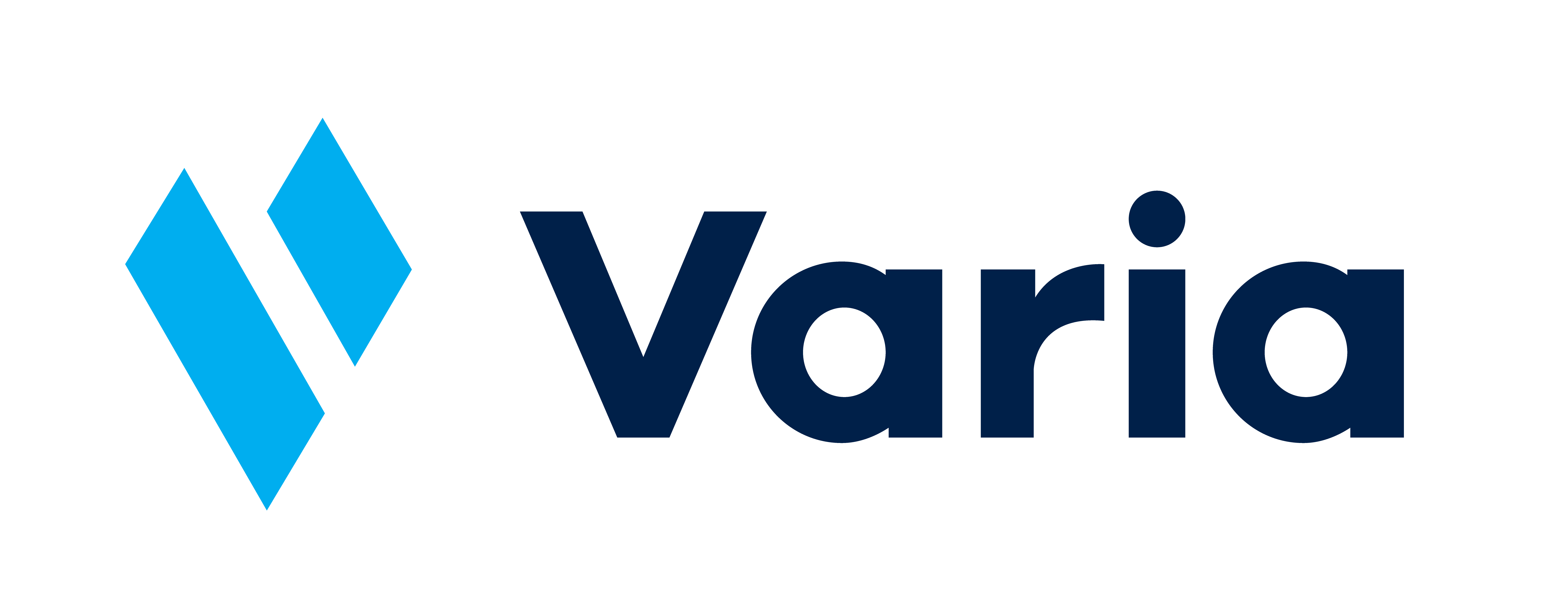Ongoing research describes the advantages that accrue when organizations, whether family owned and controlled or otherwise, find ways to leverage individual strengths to facilitate true collaborations (1).
A number of personality and behavioral assessments have been developed to help in this process. Some of our favorites include:
PDP ProScan: an assessment tool that measures four core personality metrics as well as decision-making style and kinetic energy levels, allowing manager to best match talents with tasks (2).
The EQ-i 2.0: developed by Multi-Health Systems, Inc., this assesses an individual’s emotional intelligence (3).
The WorkPlace Big Five: developed by the Center for Applied Cognitive Studies, gives employers perspective on how a given candidate might act in certain work-related situations (4)
The SHL Occupational Personality Questionnaire: developed by CEB, Inc., helps employers identify behavioral tendencies, such as dependability, that impact job performance (5).
DISC Profile: developed based on the work of psychologist Dr. William Marston, particularly useful for perspective on how candidates will act in teamwork-based environments and situations (6).
Clifton StrengthsFinder: developed based on a longitudinal study by Gallup, Inc., helps uncover the strengths of candidates and existing employees so that strategies can be crafted to develop those strengths (7).
Recognizing that it is no advisable to force children to work together if they are not compatible, family businesses should also incorporate a compatibility test as part of the assessment criteria for leadership and ownership (8).
Identifying individual strengths and weaknesses through such assessments can help family businesses identify whether a family member is a good “fit” for the business and, if so, how.
Families might also benefit by developing a policy that precludes putting family members on the payroll if they can’t make a real contribution to the business. Once employed, roles and responsibilities should be clear.
Based on these insights, families can help those who work in the business to set appropriate goals, enabling them to feel more competent and effective. Following this process helps create stronger employment engagement and satisfaction.
— Scott Friedman, Andrea Vossler, Eliza Friedman
__________________________________________________________________________________
When everyone on the team functions at his or her peak, the entire enterprise benefits.
(1) See, e.g., David L. Cooperrider, The Concentration Effect of Strengths: How the Whole System “AI” Summit Brings out the Best in Human Enterprise 2 (2012) (unpublished conference paper), http://www.davidcooperrider.com/2012/04/22/the-concentration-effect-of-strengths (“When is it that the best in human beings arises most easily, productively, and naturally? Our answer, from several decades of fieldwork and hundreds of interviews with successful managers, is unequivocal: the best in human organization happens when people collectively experience the wholeness of their system—when strength touches strength—[sic] across whole systems of relevant and engaged stakeholders, internal and external, and top to bottom.”)
(2) https://www.pdpglobal.com/
(3) (see generally The Eq-I 2.0 Experience, Multi-Health Sys., http://tap.mhs.com/EQi20.aspx (last visited Mar. 20, 2017))
(4) (see generally Workplace, Ctr. Applied Cognitive Stud., htt:// centacs.com/workplace (last visited Mar. 20,2017))
(5) (see generally Occupational Personality Questionnaire, CEB” SHL Talent Measurement, https://online.shl.com/gb/en-gb/products/opq32n (last visited Mar. 20, 2017))
(6) (see generally DiSC Overview, DiSC Profile, https://www.discoprofile.com/what-is-disc/overview (last visited Mar. 20, 2017)
(8) See KPMG Enter., Family Business Succession: Managing the All-Important Family Component 18 (2011) https://assets.kpmg.com/content/dam/kpmg/2015/07/3468-succession.pdf.




